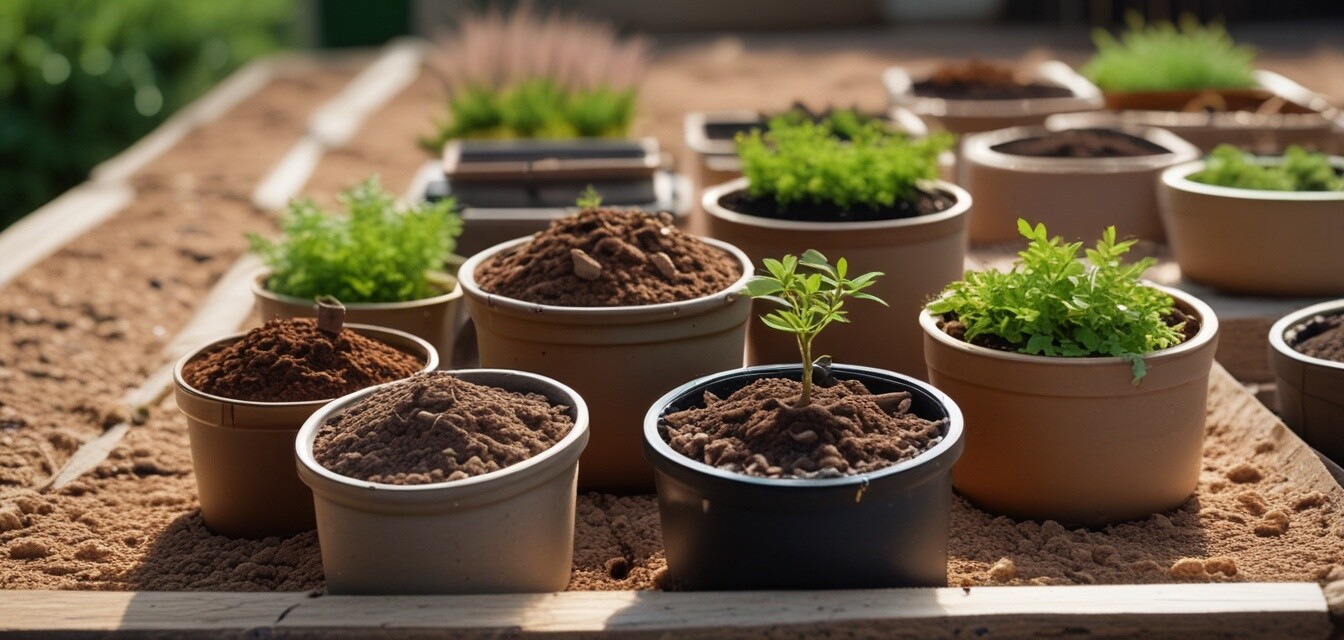
How to Select the Right Soil for Your Garden
Key Takeaways
- Understand the basic soil types: sandy, clay, loamy, and peaty.
- Consider your garden's climate and the plants you intend to grow.
- Prioritize soil with good drainage and nutrient availability.
- Analyze your soil's pH level and amend it as necessary.
- Utilize local gardening resources for specifics on best-suited soil options.
Choosing the right soil for your garden is a critical step in achieving a thriving outdoor space. The type of soil you select can significantly impact plant health, growth rates, and overall gardening success. Whether you're planning to create a vegetable garden, flower beds, or landscaping, understanding the various soil types and their unique properties will empower you to make informed decisions.
Understanding Different Soil Types
The foundation of a successful garden lies in its soil. There are several primary types of soil, each with unique characteristics. Let’s explore each one in detail:
| Soil Type | Characteristics | Best For |
|---|---|---|
| Sandy Soil | Coarse texture, drains quickly, low nutrient retention. | Cacti, succulents, and drought-resistant plants. |
| Clay Soil | Fine texture, holds water well, can become compacted. | Plants that prefer moisture like ferns and willows. |
| Loamy Soil | Balanced mixture of sand, silt, and clay; retains nutrients and moisture. | Almost any plant; ideal for most gardens. |
| Peaty Soil | Rich in organic matter, retains moisture, slightly acidic. | Acid-loving plants like blueberries and rhododendrons. |
Factors to Consider When Choosing Soil
When it comes to selecting the right soil, several factors come into play. Here are some key considerations:
- Climate: Your local climate affects soil moisture and temperature, impacting plant choice.
- Plant Type: Different plants have specific soil needs for optimal growth.
- Drainage: Ensure the soil can drain well to avoid root rot and other moisture-related issues.
- Nutrient Content: Research the nutrient requirements of your plants and choose appropriately.
- pH Level: Most plants thrive in a neutral pH (6.0 to 7.0); test and amend as needed.
Testing Your Soil
Before investing in new soil, it's crucial to understand your current soil’s conditions. Here’s how to test your soil effectively:
- Use a soil test kit to check pH and nutrient levels.
- Sample soil from different areas of your garden for an accurate representation.
- Analyze the texture by performing a ribbon test or jar test.
- Send samples to a local extension service for professional analysis if needed.
Amending Your Soil
Improving your soil health may be as simple as adding organic material. Here's how to enhance your soil:
- Add eco-friendly fertilizers to boost nutrient levels.
- Incorporate compost or well-rotted manure to improve texture and fertility.
- Use mulch to retain moisture and suppress weeds.
- Improve drainage using sand or perlite in clay-heavy soils.
Where to Buy Quality Soil
When it comes to purchasing soil, look for reputable suppliers that offer organic and premium options. Elite Lawn & Garden provides a range of soil products tailored to meet your gardening needs. Check our composting and waste management section for additional resources.
Conclusion
Understanding the various types of soil and their unique properties is critical to crafting a vibrant and healthy garden. By considering factors such as your local climate, the specific types of plants you wish to grow, and the soil's pH level, you can make informed decisions that lead to gardening success. Whether you choose to amend your current soil or purchase new options, investing time and effort into soil selection is sure to pay off with bountiful blooms and delicious fruits.
Pros
- Selecting the right soil maximizes plant growth potential.
- Good soil can improve water retention and reduce the need for frequent irrigation.
- Healthy soil promotes beneficial organisms that assist in plant health.
- Proper soil selection can minimize long-term gardening costs.
Cons
- Not all soil may be readily available in your area.
- Quality soil can be more expensive than generic options.
- Improving existing soil may require time and effort.
- Poor soil choices can lead to increased plant diseases or pest problems.
Tips for Beginners
- Start small—focus on a few plants that thrive in your local conditions.
- Consult with local gardeners or nurseries for soil recommendations.
- Keep learning; the more you know about soil, the better your gardening will be.
- Don't hesitate to experiment; gardening is about discovery.